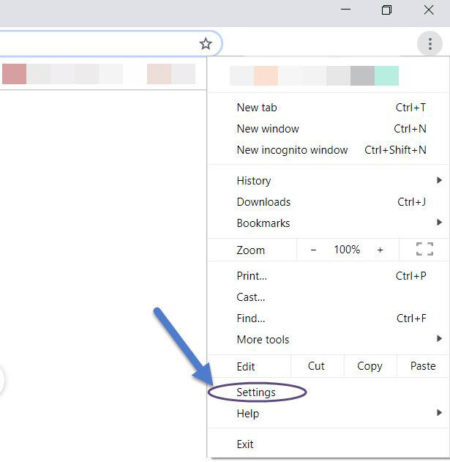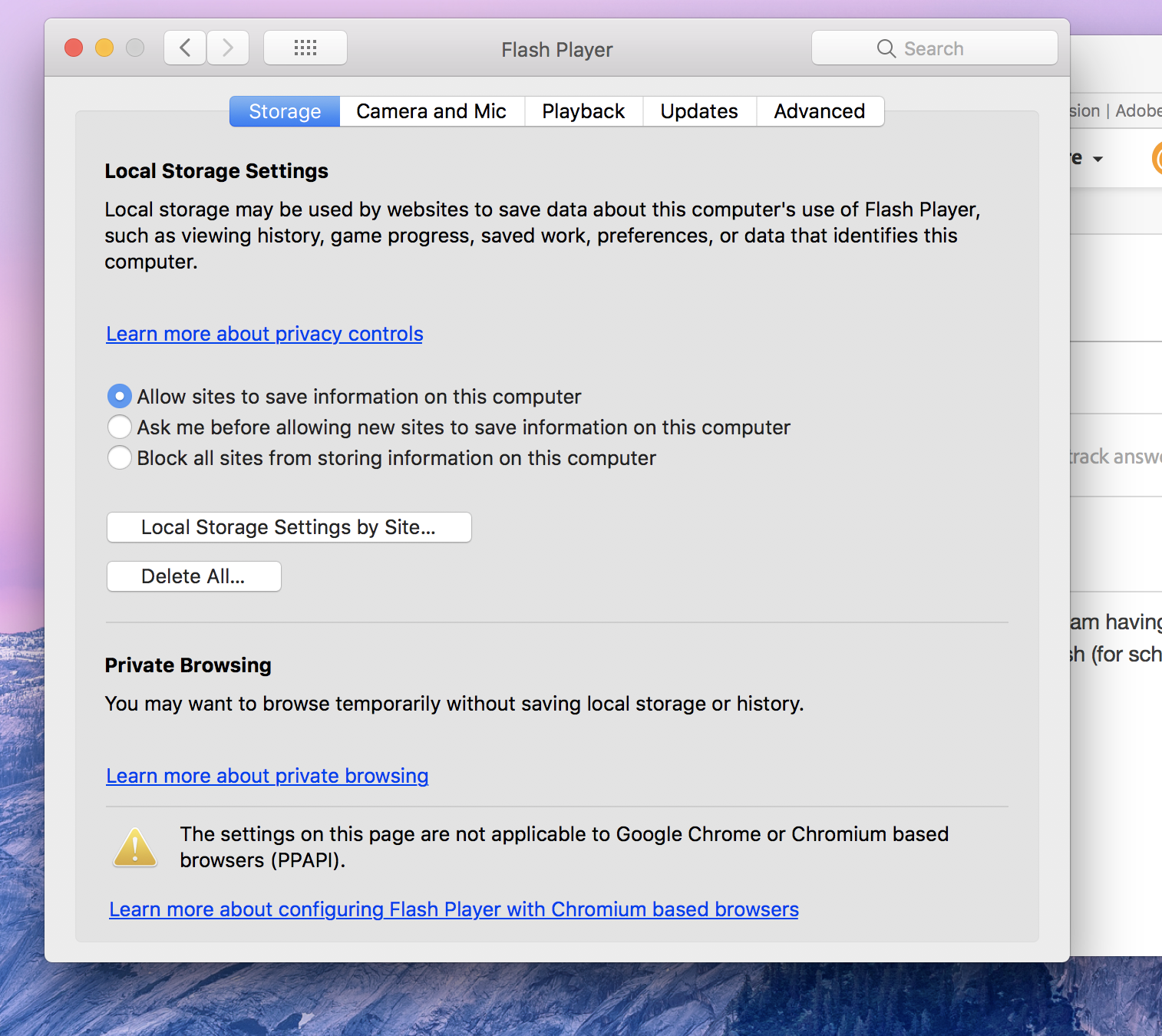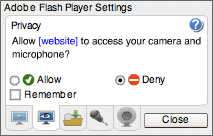Nov 12, 2020 Install Adobe Flash Player on a Mac Now that Flash Player is downloaded, you can install it using these steps: Double-click the downloaded DMG file. When the Flash Player setup is mounted, double-click the Flash Player icon to begin to install it. Locate Adobe Flash Player Install Manager on your Mac. From the Menu bar at the top of the screen, click on Go and select Utilities. If you can’t find Utilities, it also appears in the Application folder. In the Utilities folder, find and double click on the Adobe Flash Player Install Manager application. Uninstall Flash Player. With all these worries about Flash Player, you might not want to bother with it. If you want to uninstall Flash Player, go to Adobe’s Uninstall Flash Player page for Mac or Windows. Download the uninstaller for your operating system, and run the uninstaller app.
Apr 15, 2021 This wikiHow shows you how to enable Flash Player on in Safari and Chrome for macOS. If you're using Safari, you'll need to download and install Adobe Flash Player from Adobe's website. If you're using Chrome, there's no need to install additional apps. Support for Adobe Flash ends in December 2020. When installed, Adobe Flash Player 10.3 and later create a new icon on the Control Panel allowing you to adjust the program’s settings. Formerly, you could only access the settings for Adobe Flash Player at the Adobe.
These instructions are NOT applicable to Flash Player included with Google Chrome. Visit the Flash Player Help page for instructions on enabling (or disabling) Flash Player in various browsers.
If you use Windows, see Uninstall Flash Player | Windows.
If your Flash Player installation was not successful, use the following solution to reinstall.
Click the Apple icon and choose About This Mac.
The Mac OS version appears in the About This Mac dialog.
2. Run the uninstaller applicable to your Mac OS version
- Run the uninstaller on Mac OS X 10.4 and later, including macOS

Adobe Flash Player Settings Mac
Note:
Beginning with Flash Player 11.5, uninstalling the Flash Player resets the AutoUpdateDisable and SilentAutoUpdateEnable settings in mms.cfg to their default values:
- AutoUpdateDisable=0
- SilentAutoUpdateEnable=0
If you are running the Flash Player uninstaller as part of your deployment process, redeploy any custom changes to either AutoUpdateDisable or SilentAutoUpdateEnable.
Run the uninstaller on Mac OS X 10.4 and later, including macOS
Download the Adobe Flash Player uninstaller:
- Mac OS X, version 10.6 and later: uninstall_flash_player_osx.dmg
- Mac OS X, version 10.4 and 10.5: uninstall_flash_player_osx.dmg
The uninstaller is downloaded to the Downloads folder of your browser by default.
In Safari, choose Window > Downloads.
If you are using Mac OS X 10.7 (Lion), click the Downloads icon displayed on the browser.
To open the uninstaller, double-click it in the Downloads window.
Note: If the Flash Player installer window does not appear, choose Go > Desktop in the Finder. Scroll down to the Devices section and click Uninstall Flash Player.
To run the uninstaller, double-click the Uninstaller icon in the window. If you see a message asking if you want to open the uninstaller file, click Open.
- Bookmark or print this page so that you can use the rest of these instructions after you close your browser.
To close all browsers, either click the browser name in the Uninstaller dialog, or close each browser manually and then click Retry.
Note: Do not click Quit in the Uninstaller window. It stops the uninstallation process.
After you close the browsers, the uninstaller continues automatically until the uninstallation is complete. When you see the message notifying you that the uninstallation succeeded, click Done.
Delete the following directories:
- <home directory>/Library/Preferences/Macromedia/Flash Player
- <home directory>/Library/Caches/Adobe/Flash Player
Download the Adobe Flash Player uninstaller:
- Mac OS X, version 10.3 and earlier: uninstall_flash_player_osx_10.2.dmg (1.3 MB) (updated 05/27/08)
Choose Window > Downloads to view the downloaded uninstaller.
Save the uninstaller file in a convenient location.
To open the uninstaller, double-click it in the Downloads window.
Macos catalina apple store link.To run the uninstaller, double-click the Uninstaller icon in the window. If requested, enter your computer user name and password and click OK.
Bookmark or print this page so that you can use the rest of these instructions after you close your browser. Close all browsers and other applications that use Flash Player, including instant messaging applications, SWF files, and projectors (EXE files that play SWF files). Otherwise, the uninstaller cannot finish (even though it appears to finish).
Once the uninstaller finishes, the window closes automatically.

Adobe Flash For Mac
You can verify that uninstallation is complete by following these steps:
Open your browser and check the status of Flash Player.
Note: Adobe Flash will no longer be supported after 2020. Microsoft plans to remove Flash from Windows entirely by the end of 2020.
Because Flash will no longer be supported after 2020, it is turned off by default in the new Microsoft Edge. Other browsers like Google Chrome, Mozilla, and Safari are also planning on removing Adobe Flash in the same timeframe.
Microsoft edge download. For more information about the end of Flash support, see Adobe Flash end of support on December 31, 2020.


Here’s how to allow or block Flash permanently for individual websites:

Go to Settings and more > Settings .
In the left navigation, select Site permissions.
In Site permissions, select Adobe Flash.
Set the toggle on for the Ask before running Flash option.
The Block and Allow lists will be available after you visit a site that uses Flash.
The next time you visit a site the uses Flash, the browser will ask for your permission before allowing Flash to run.
Note: This topic is for the new Microsoft Edge . Get help for the legacy version of Microsoft Edge.
